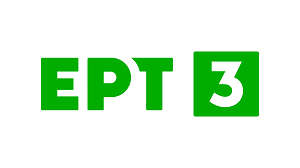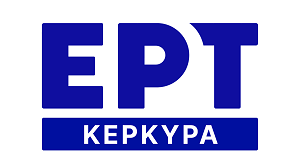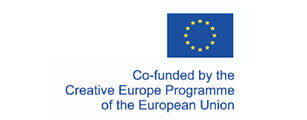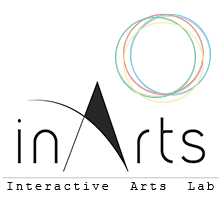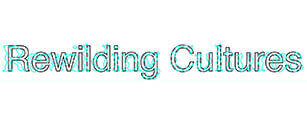The purpose of this research is to prove that technology does not only work practically in the daily life of the individuals, nor is it always a discovery of corruption as supported by a mass of people. The use of technology by visual arts as a new form of expression fulfills two important purposes. Firstly, it illustrates the socio-political context of human’s social life, the intense industrialization from the end of the 20th century until today. Secondly, the research does not only focus on the new way of expression through technology but its utilization for political criticism. This ideological frame has more value as it is the basic proof of the different perspective of technology and art, whether it is activism in politics or elitism in politics. In order to achieve this goal, we will study video art and Neon art.
The research methodology is based on the chronological overview. The first part is about the connection of technology in the arts, the relation between politics and art. The second part examines video art in the work of Chilean artist Juan Downey (1940-93), when he resisted the Chilean dictatorship during the 70s. Chile was facing rampant inflation, financial strain and in 1973 a dictatorial regime was imposed from Augusto Pinochet. The artist Juan Downey utilizes new technological media as a reaction to the overthrow of the socialist regime and the imposition of dictatorship. Activism, social criticism, the ideal of politics is transformed into social political criticism by the technological discovery of "video art". The third part deals with Neon Art as a completely new phenomenon in the 20th century and more well known in the 21st century. The British visual artist Tracey Karima Emin (1963-) changed the perspective of "Neon lights" today, indirectly intensifying the political element as well. In an interview with the New Statesman she revealed that she voted Conservative in the 2010 General Election, also considered by many to be royalist and elitist. Even this fact can be seen in art and technology. In 2011 the Prime Minister of the United Kingdom David Cameron installed an artwork by Tracey Emin at 10 Downing Street, the official residence and office of the British Prime Minister. The artwork in question was a neon piece, which read "More Passion" in bold red letters.
The originality of the research is found in two points, the political role of technology in art, which is usually not a part of a study, basically we focus on the origin of video art itself, there are researches and theses regarding to the context of the video art, but we have to move a step further and consider not only the function of technology but its significance when it meets politics in art. The second part mainly concerns Neon Art, it is an art form nearly in 1960, but it appeared more intensively in the first decade of the 21st century, there is partial information regarding this art form and even more so concerning its political background.
Back



